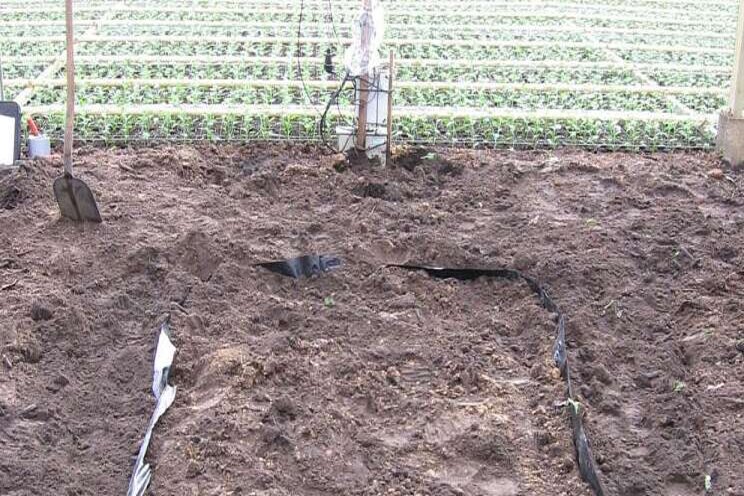Virtual lysimeter advises grower about watering
Added on 19 August 2021

How much water leaks depends on a number of things. To start with, of course, the amount of water that has been given to the crop. Other important factors are weather conditions, the greenhouse climate, water absorption by the crop and by the soil. WUR has developed a tool that provides the grower with a recommended water supply based on these variables. If the grower follows this advice, the emissions to the deep subsoil is limited as much as possible.
The tool is called the virtual lysimeter. It is the digital variant of the already existing lysimeter: a container that is dug into the soil and which measures the leaching of water at a specific location. The virtual lysimeter replaces the lysimeter: participating growers can see an irrigation recommendation for that day via a website. In the future, the tool will provide real-time advice.

To do this, the virtual lysimeter uses data from the grower's climate computer. in combination with soil models and evaporation models. Calculations of the tool are currently being validated on the basis of measurements with existing lysimeters at a number of participating growers.
For the future the goal is that growers will also be able to use the tool to comply with emissions legislation. In addition to that, it is the intention to make the tool commercially available in the future.
The project is financed by the Stichting Kennis in Je Kas and Topsector Tuinbouw & Uitgangsmaterialen.
Source and Photo Courtesy of Wageningen University & Research
Source: Wageningen University & Research
More news















